Measurement and Instrumentation Objective Questions
1. A balance beam scale uses which of the following units?
a. grams
b .pounds
c. ounces
d. kilograms
2. Which of the following would be about the height of the average doorway?
a. 2 meters
b. 2 centimeters
c. 2 millimeters
d. 2 kilometers
3. A series dissipative regulator is an example of a:
a. linear regulator
b. switching regulator
c. shunt regulator
d. dc-to-dc converter
4. Which of the following is a unit of mass in the metric system?
a. gram
b. milliliter
c. centimeter
d. pounds
5. What device is similar to an RTD but has a negative temperature coefficient?
a. Strain gauge
b. Thermistor
c. Negative-type RTD
d. Thermocouple
6. The resistive change of a strain gauge
a. is based on the weight placed upon it, but can be many thousands of ohms
b. is usually no more than 100 omega.
c. is based on the gauge factor, but is typically less than an ohm
d. has a positive temperature coefficient
7. The output voltage of a typical thermocouple is
a. Less than 100 mV
b. Greater than 1 V
c. Thermocouples vary resistance, not voltage.
d. None of the above
8. The connections to a thermocouple
a. Can produce an unwanted thermocouple effect, which must be compensated for
b. Produce an extra desirable thermocouple effect
c. Must be protected, since high voltages are present
d. Produce an extra desirable thermocouple effect and must be protected, since high voltages are present
9. What is the zero-voltage switch used for?
a. To reduce radiation of high frequencies during turn-on of a high current to a load
b. To control low-voltage circuits
c. To provide power to a circuit when power is lost
d. For extremely low-voltage applications
10. Temperature sensing can be achieved by the use of
a. Thermocouples
b. RTDs
c. thermistors
d. All of the above
11. The purpose of compensation for a thermocouple is
a. to decrease temperature sensitivity
b. to increase voltage output
c. to cancel unwanted voltage output of a thermocouple
d. used for high-temperature circuits
12. The change in value of an analog signal during the conversion process produces what is called the
a. Quantization error
b. Resolution error
c. Nyquist error
d. Sampling error
13. Which of the following performance specifications applies to a sample-and-hold circuit?
a. Aperture time
b. Aperture droop c. Feedback
d. Acquisition jitter
14. RTDs are typically connected with other fixed resistors
a. In a pi configuration
b. In a bridge configuration
c. And variable resistors
d. And capacitors in a filter-type circuit
15. Holding current for an SCR is best described as
a. The minimum current required for turn-off
b. The current required before an SCR will turn on
c. The amount of current required to maintain conduction
d. The gate current required maintaining conduction
16. What is the moving part of a linear variable differential transformer?
a. Primary
b. Secondary
c. Diaphragm
d. Core
17. What does a Hall Effect sensor sense?
a. Temperature
b. Moisture
c. Magnetic fields
d. Pressure
18. What causes the piezoelectric effect?
a. Heat or dissimilar metals
b. Pressure on a crystal
c. Water running on iron
d. A magnetic field
19. What type of application would use a photovoltaic cell?
a. An automobile horn
b. A TI 92 calculator
c. A magnetic field detector
d. A remote power source
20. What is seven-segment display?
A seven-segment display (SSD), or seven-segmentindicator, is a form of electronic display device for displayingdecimal numerals that is an alternative to the more complex dot matrix displays.
21. A transducer’s function is to:
a. Transmit electrical energy
b. Convert energy
c. Produce mechanical energy
d. Prevent current flow
22. Derived units are obtained from various combinations of
a. Electrical quantities
b. Fundamental units
c. Metric prefixes
d. International standards
23. Scientific notation is a method
a. of expressing a very large number
b. of expressing a very small number
c. used to make calculations with large and small numbers
d. All of the above
24. If you drop a 5 when rounding a number, you are using the
a. round-to-even rule
b. significant digit rule
c. round-off rule
d. retained digit rule
25. A measure of the repeatability of a measurement of some quantity is
a. error
b. precision
c. accuracy
d. significant
26. Another name for “fundamental units” is
a. base units
b. atoms
c. the metric system
d. letter symbols
27. When using the terms “accuracy” and “precision” for measurements
a. “precision” implies less measurement error than “accuracy”
b. “accuracy” implies less measurement error than “precision”
c. “precision” measures the repeatability of a measurement
d. both terms mean the same thing
28. The difference between scientific and engineering notation is
a. powers of ten representation
b. single vs. multiple digits before decimal point
c. groupings of multiples of three digits
d. All of the above
29. The digits in a measured number that are known to be correct are called
a. accuracy digits
b. significant digits
c. error digits
d. precision digits
30. Pico is what relation to micro?
a. one-tenth
b. one-hundredth
c. one-thousandth
d. one-millionth
31. Four terminal resistors are used for resistance values
a. Greater than 10 ohm
b. Greater than 1 ohm
c. Less than 1 ohm
d. Of the order of 1M ohm
32. The condition for a resistor to have the same value of resistance at medium frequencies is as with D.C. is
a. CR ²=L
b. CR ²=2L
c. CR ²=WL
d. CR ²=2WL
33. Permeability is the inverse equivalent of which electrical term?
a. Voltage
b. Current
c. Resistance
d. Conductance
34. What is the flux density of a magnetic field whose flux is 3000 µWb & cross-sectional area is 0.25 m ²?
a. 12,000 µ T
b. 83,330 µ T
c. 0 µ T
d. More information is needed in order to find flux density.
35. How much flux is there in a magnetic field when its flux density is 5000 mu.gifT and its cross-sectional area is 300 mm ²?
a. 16.67 m Wb
b. 5.0 µ Wb
c. 3.0 m Wb
d. 1.5 µ Wb
36. What are the effects of moving a closed wire loop through a magnetic field?
a. A voltage is induced in the wire.
b. A current is induced in the wire.
c. The polarity across the wire depends on the direction of motion.
d. All of the above
37. The Hall Effect
a. is a phenomenon with no practical applications
b. is used in various sensor applications
c. can develop potentials of thousands of volts
d. is the basis for solar cell operation
38. A Hall Effect sensor
a. exists only in theory
b. is a non-contacting magnetic sensor
c. can operate only a few times before failure
d. produces very large voltages
39. Which two values are plotted on a B-H curve graph?
a. Reluctance and flux density
b. Permeability and reluctance
c. Magnetizing force and permeability
d. Flux density and magnetizing force
40. for turbulent flow, the velocity at the center is times the mean velocity
a. 1.2
b. 2.2
c. 2
d. 3.333
Note : Blue Color Highlighted are Answers
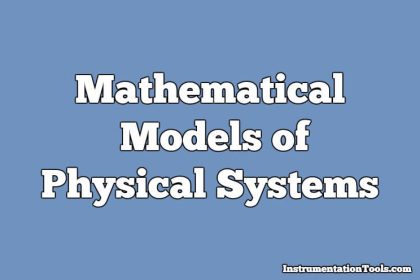




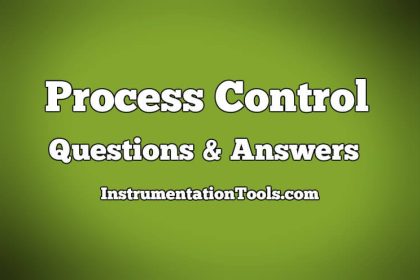
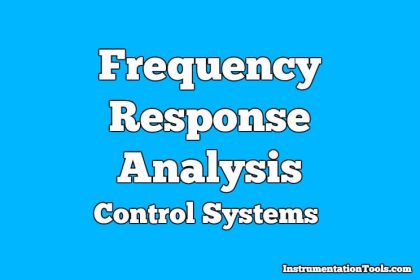
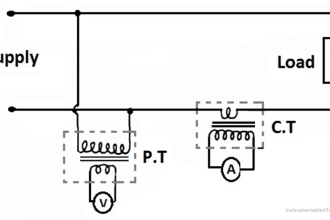
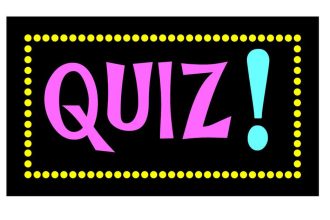
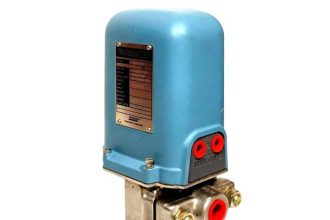
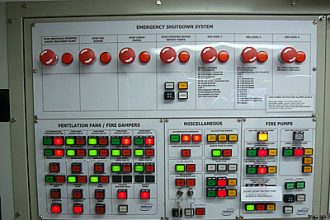
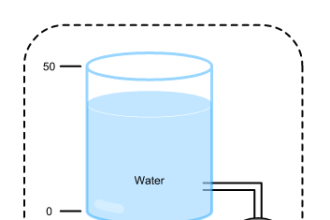
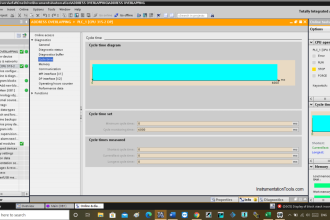
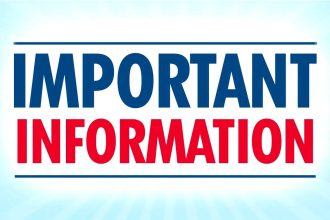
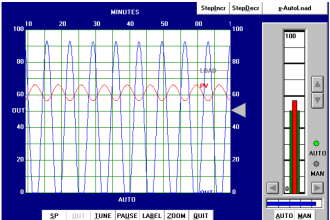

1, QUESTION = WHAT IS OUTPUT OF CONTROL LOOP
2, QUESTION =WHAT IS CALIBRATION STANDARDS
3, QUESTION =STRAIN GAUGE WORK PRINCIPLES
4, QUESTION = HOW TO MEASURE TORQUE VALUE
5, QUESTION = WHICH PRESSURE IS WORK ON THE VACUUM BOX
6, QUESTION = CAPITENCE GAUGE USED FOR WHICH USED
PLEASE SEND ME ANSWER MY EMAIL ADDRESS
please verify answer for question number 25. I think answer should be b(precision).